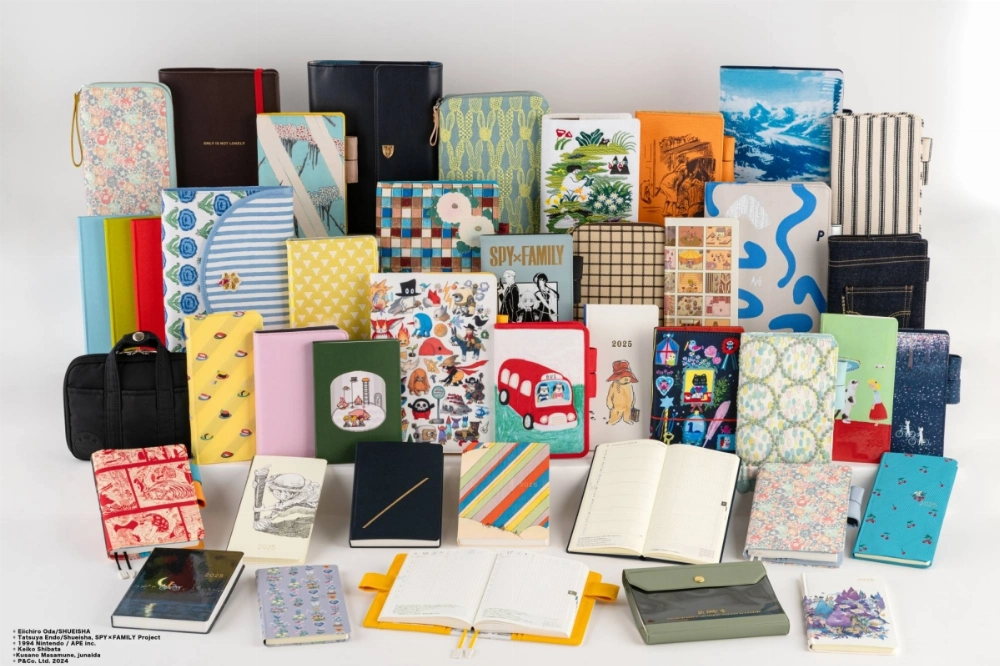Come the end of the year in Japan, there’s a rush on cleaning services, straw decorations and boxed osechi ryōri (traditional New Year’s cuisine). But over the past few years, a new item has joined Japan’s January prep lineup: planners.
Japan has a globally renowned stationery industry, with niche items you never knew you needed, like “memorization pens” that make it easier to study and highlighters that leave rulers ink-free. In that spirit, Japan’s decades-old take on the paper planner has now gone mainstream and is spreading quickly across the world.
The techō notebook combines the words for “hand” and “account book,” and its most popular version is the “Bible size,” at 17 by 9.5 centimeters, just about the dimensions of a compact Bible. Broadly speaking there are two kinds: the toji techō, whose pages are fixed, and the shisutemu (system) techō, which is customizable.


















With your current subscription plan you can comment on stories. However, before writing your first comment, please create a display name in the Profile section of your subscriber account page.